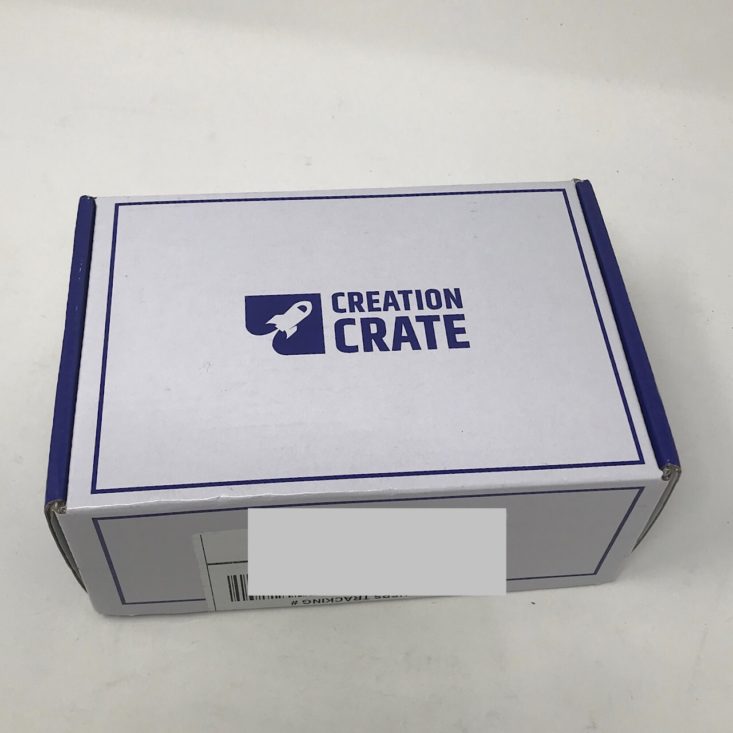
Creation Crate is a subscription box for teens and adults ages 12 and up who want to learn how to build and program electronics. Each month you will receive the necessary electronic components and access to a thorough online curriculum to create your tech projects. These projects build on skills learned and increase in difficulty. You'll need access to a computer, the internet, and a USB port, but everything else you need is included in the box!

This box was sent to us at no cost for review. (Check out the review process post to learn more about how we review boxes).

About Creation Crate
The Subscription Box: Creation Crate
The Cost: $29.99 per month. Save with longer subscriptions.
The Products: All of the required components to complete the month's project along with access to an online classroom with tutorials, exercises, and instructions on how to write your code.
Ships to: The U.S. for $4.99, Canada and worldwide for $8.99
Creation Crate Project 5: "Optical Theremin" Review
Bonus Gifts: Component Case XL, Soldering Kit, and Digital Multimeter
When you subscribe to a quarterly, semi-annual or annual plan, you will receive a few bonus gifts depending on which subscription option you choose. Creation Crate was kind enough to send me a few items to share with you! To read more about the component case and soldering kit, check out my first review here! To learn more about the multimeter, check out the details in this review! While these are great to have on hand, they are not necessary for your projects each month.

The project for this month is to make our own Optical Theremin (an instrument that can be played without being touched) and yes, I had to look that up. This sheet provides instructions for how to access the online course. While the projects do build upon one another in skill each month, I did not need any other items besides what is in this month's box and my computer.
All of our supplies were packaged neatly protected by a piece of bubble wrap.
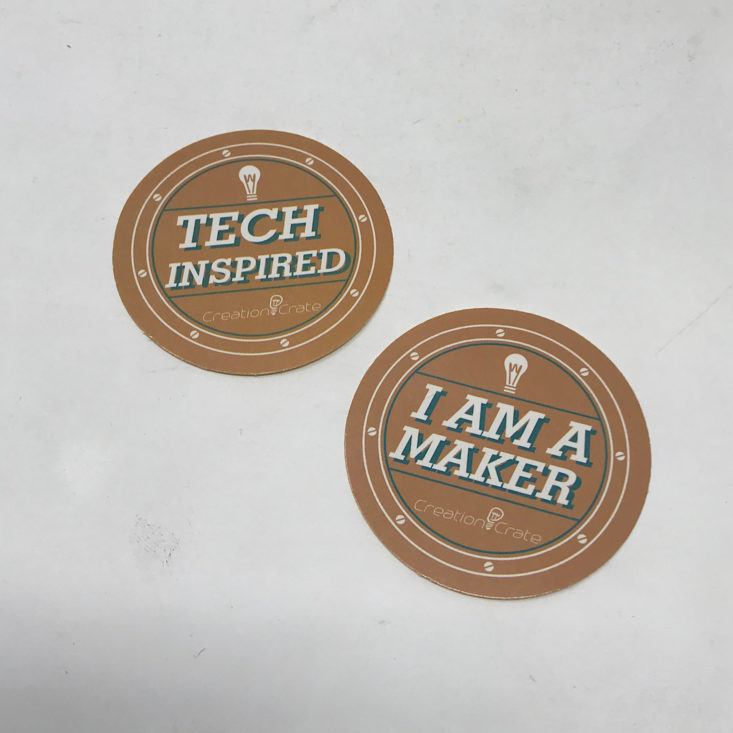
This month they included a few stickers for us, too.
Breadboard and UNO R3
The two main components we needed were a breadboard and this UNO R3 they provided.
USB Cable
They also provided this cable with a USB port at one end to hook our project up to our computer for programming.
Jumper Wires and Resistors
We also received several jumper wires, 10k OHM resistors, and a light dependent resistor.
Buzzer, and Potentiometer
They included a buzzer and a 10k potentiometer for us, too.
Logging into the Course
Logging into your course can be a little tricky the first time, so I've included some screenshots of the steps. After navigating to the classroom, you'll select "All Courses" and scroll down to find the "Original Courses" button. Then you select the course you want and hit the "buy" button. From here you'll be prompted to create a new account or log in if you already have an account. There will be a section to enter your access code which can be found on the Parts List in your box and it will bring your total to $0.00 and allow you access to the course.
Course Layout
Once you begin your project, you'll notice a little sidebar that provides your progress throughout the course. While the components may be different each time, the course will be divided into many subsections that follow a logical order making it easy to follow along with since it is so well organized. There are even some troubleshooting sections.
One thing that I think is so great about Creation Crate is they provide access to a "Getting Started Course" for those who are beginners. I was thoroughly impressed with this course. They went into all of the details about currents, amps, power, and voltage. They provided visual demonstrations of how things work and explained each of the components that we would be working with such as breadboards, jumper wires, and LEDs. I thought they had a great way of explaining and making real-life comparisons to help us gain an understanding of the concepts. This felt like a true educational course and was on par with something you might take in college!
Part 1: Assembling the Hardware
Now let's get to this month's project! First, they introduced our project and displayed a parts list. They also provided a PDF version of the instructions for us to download. There is a sidebar that also tracks your progress and breaks everything down into steps.
These are the instructions for adding the components to our breadboard. You can see how specific the directions are with the pins needing to be in the right spots. The breadboard reads like a grid with numbers going vertically and letters horizontally which makes it a little easier to place items, but I always find it a little tricky working within such a small space. This month there aren't many tiny parts, so this might go a little smoother!
This part was pretty straightforward this month. First, I placed the buzzer and the potentiometer according to the directions. What's a potentiometer you ask? They included this helpful explanation in our instructions! For our purposes, it will be a knob that will control our buzzer.
I placed the remaining components and then began to add the jumper wires. This month everything was really easy to match to the diagram. Then I had to add three jumper wires to connect the breadboard to the UNO R3.

The last step is to connect our UNO R3 to our computer using the USB cord they provided. Now it's time to get to the coding!
Part 2: Write the Program
With our components in place, it was now time to type in the code using Arduino. With our first project, they provided directions for how to download Arduino's free software along with a coding video that explained the basics to us. While entering code is essentially just typing in what they give you word for word, it can be quite tedious and it's easy to make a mistake. Luckily, they include a section on common errors to help us troubleshoot. They break down the coding into sections and use notations to help us understand what each section is for.
Before beginning, I opened Arduino and created a new file named Optical Theremin and then started my code. This month we had to fill in some of the blanks throughout our code using knowledge that we've gained from previous projects. This was a little tricky but was basically just noting where the connections were made between our breadboard and UNO R3.
Once I had fixed any coding errors (which show up in red when you go to upload the program), I was able to run the program successfully. The goal of this project was to have the buzzer go off when something (my hand) would get close to the Light Dependent Resistor that I had placed. The potentiometer controlled the volume of the buzzer so I turned it up and then put my hands up to and away from the LDR. I could use the serial monitoring option in Arduino to see what was happening as I ran my hand near the LDR, too.
Here you can see it in action. Be warned, it is a shrill sound! I had to turn my potentiometer knob pretty high to notice the sound. It was much too faint when turned down.
Next, it was time to do some exercises! First, I had to replace some of the code and note what happened. It seemed that the frequency was changing when I updated this code. Next, I had to change the "range" variable which affected my frequencies depending on the number I used. If I remember correctly, the lower number made my frequencies narrower while the larger numbers made them wider? It was a noticeable difference! The last exercise was to change the tempo, which I found to be a pretty simple coding change! The bonus exercise was a little confusing to me since we had to write the calculations by hand, but I thought it was a good way to switch it up and try to think on paper instead of within the Arduino program.

If we did have any major issues, they have a classroom discussion that we can use to ask questions. It looks like Creation Crate responds very quickly to any concerns, too! I really do appreciate all of the information and assistance that they provided throughout this whole process.

It was easy to see once we had completed everything in the course thanks to the side menu. The last section is where they encourage you to share your work in exchange for some cool rewards.
Verdict: This month's Creation Crate was a bit simple, although still challenging in its own way. It was a nice break after last month's very challenging and in-depth exercises and while it wasn't as exciting, it definitely taught me a few things and expanded upon the knowledge that I have been building since beginning this subscription! This subscription is so educational and well organized, I know each month I am learning just a bit more. I would definitely recommend this for any kids interested in coding or that like to tinker!
To Wrap Up:
Can you still get this box if you sign up today? Because the projects build upon one another, you'll receive the Project 1 box first! From Creation Crate:
Creation Crate projects are a combination of building hardware and programming software with a focus on helping you understand how it works. Each month, you'll be given a new project that's slightly harder than the last.
Check out our other Creation Crate reviews and our list of the best boxes for teens, as voted by MSA readers!
Keep Track of Your Subscriptions: Add this box to your subscription list or wishlist!
What do you think of Creation Crate?











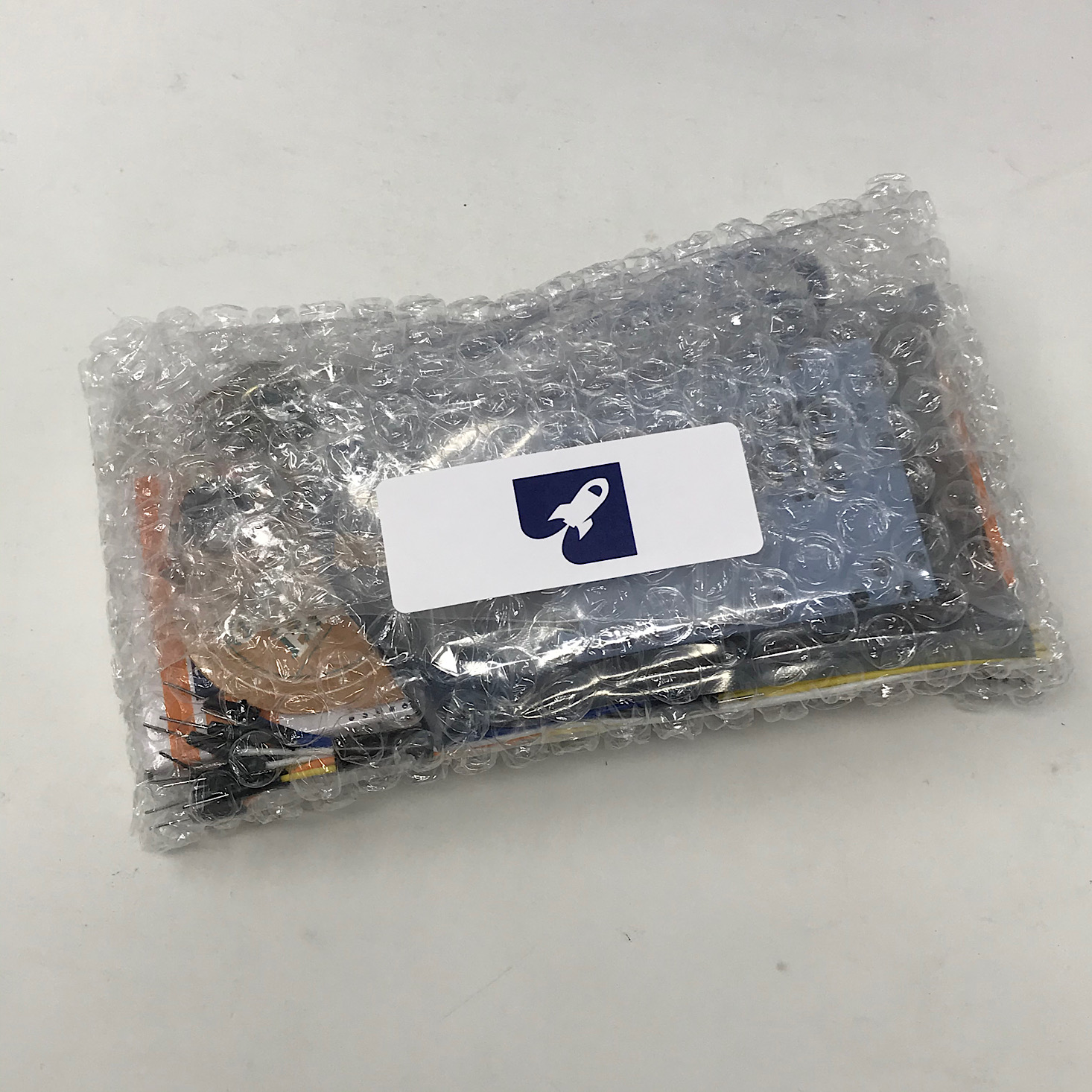
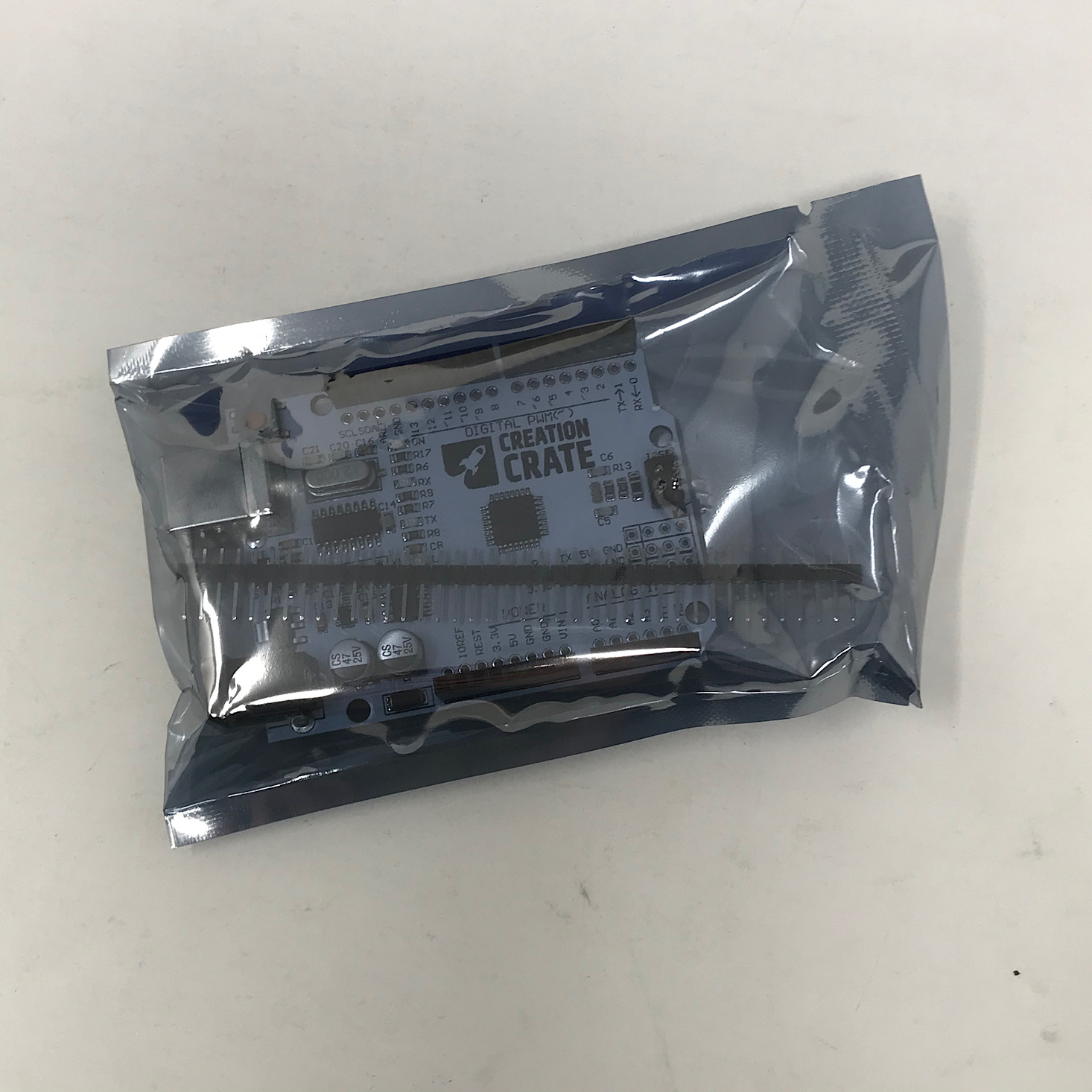
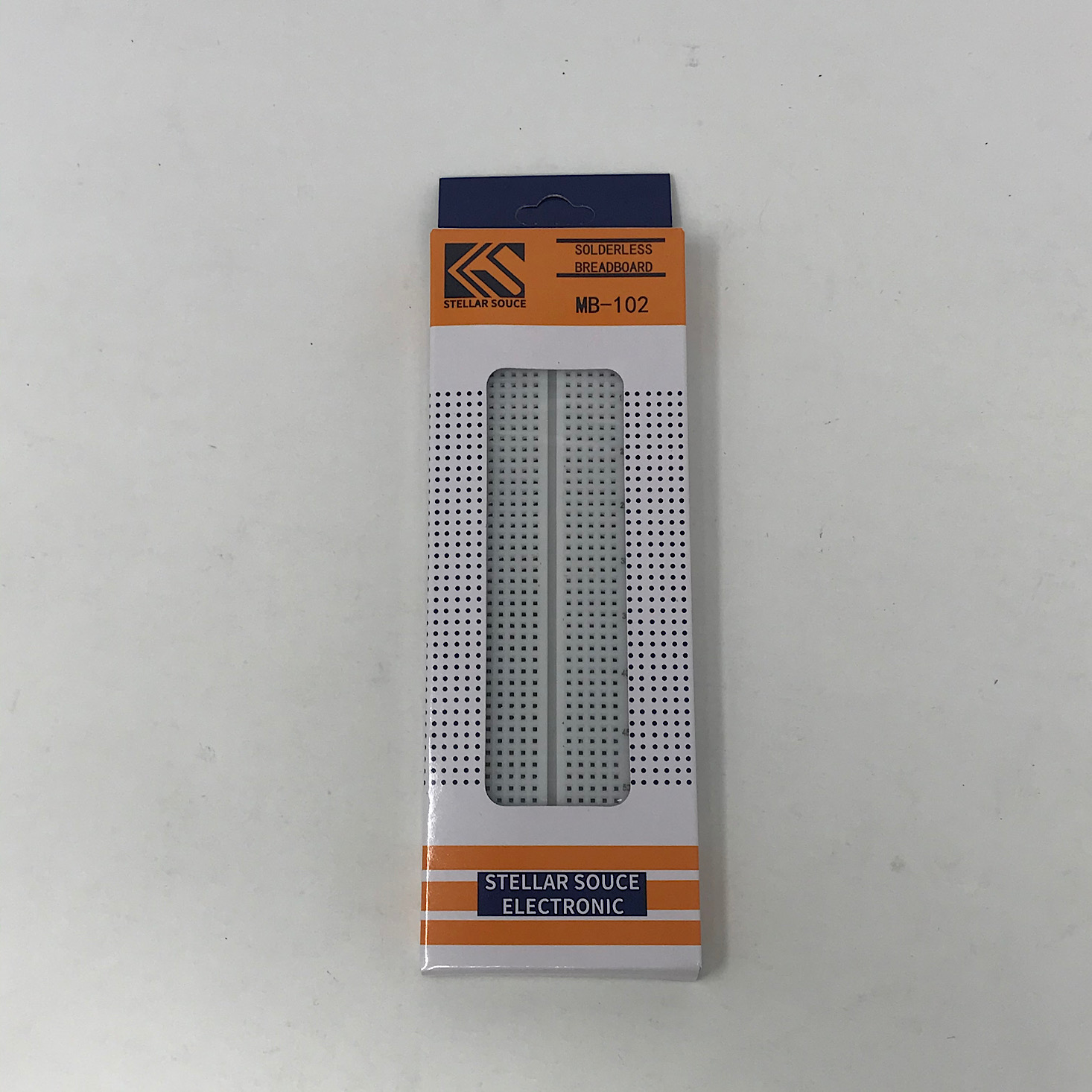

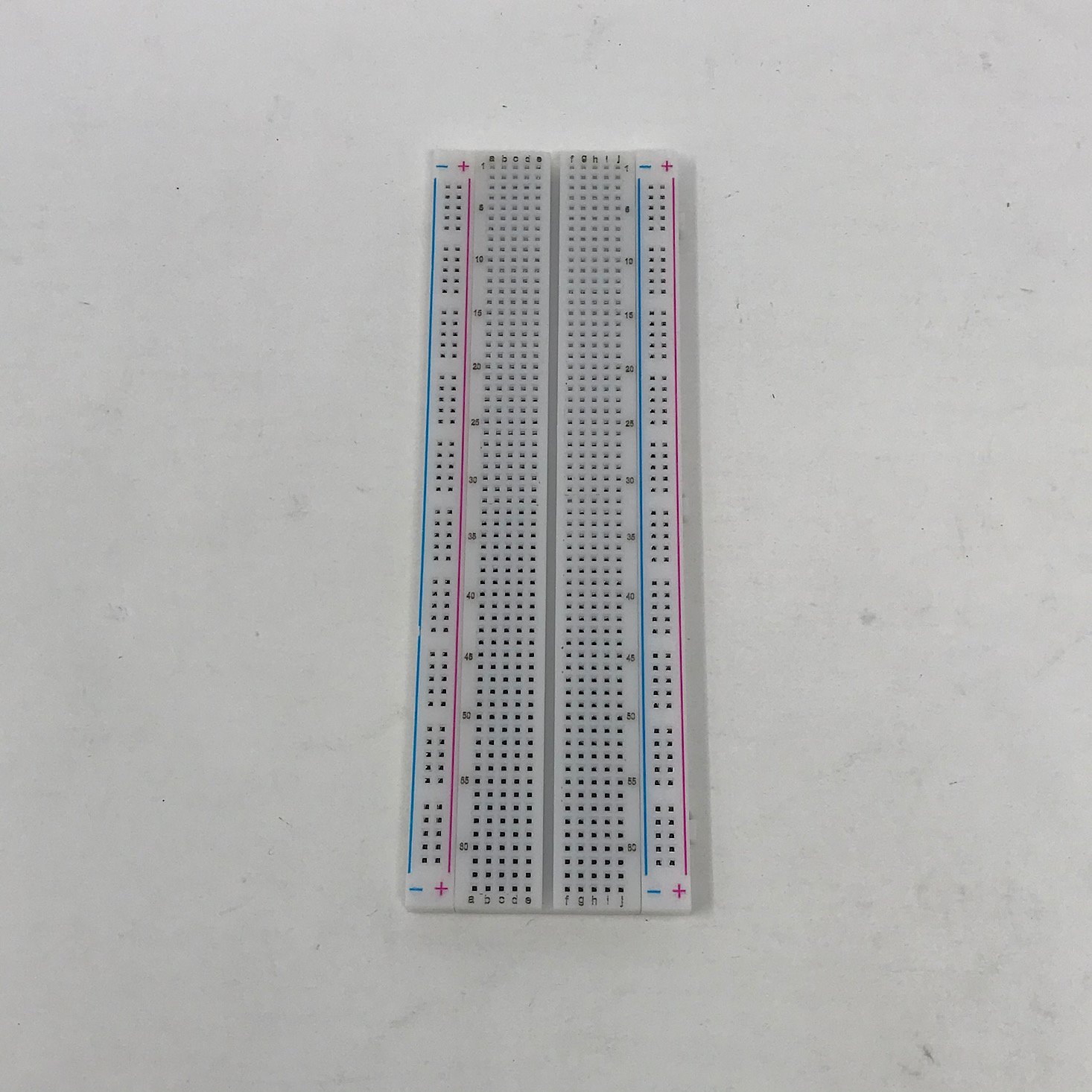

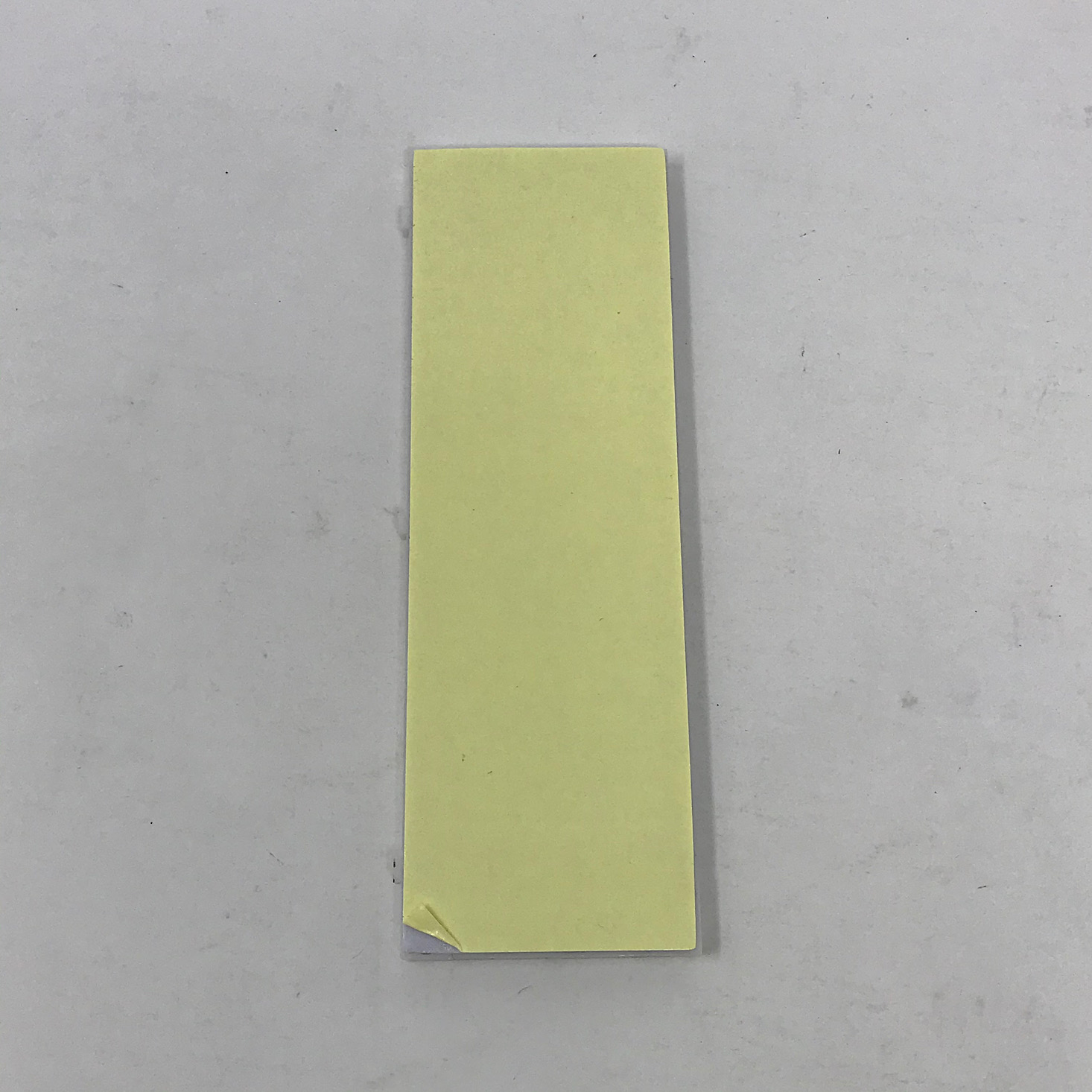

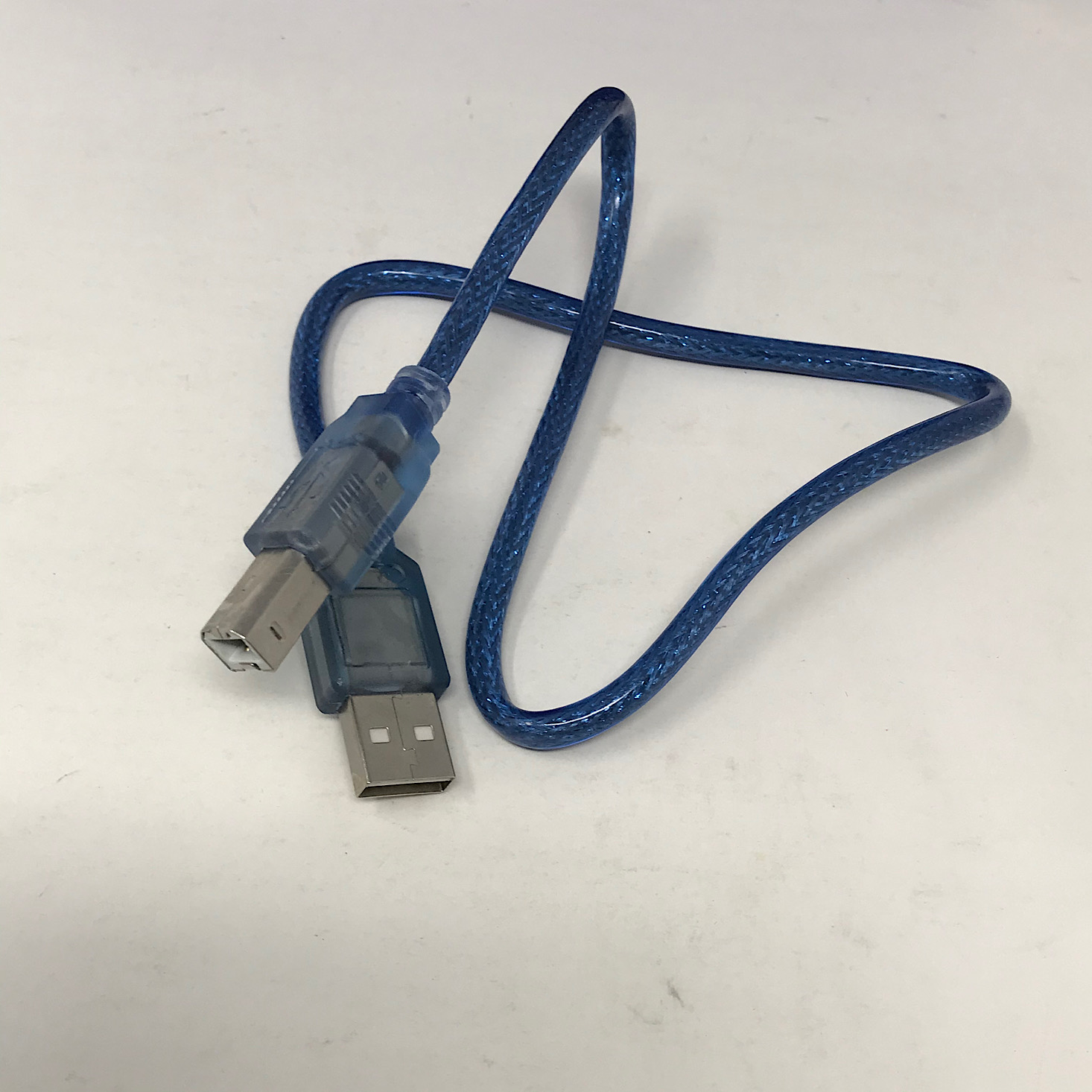
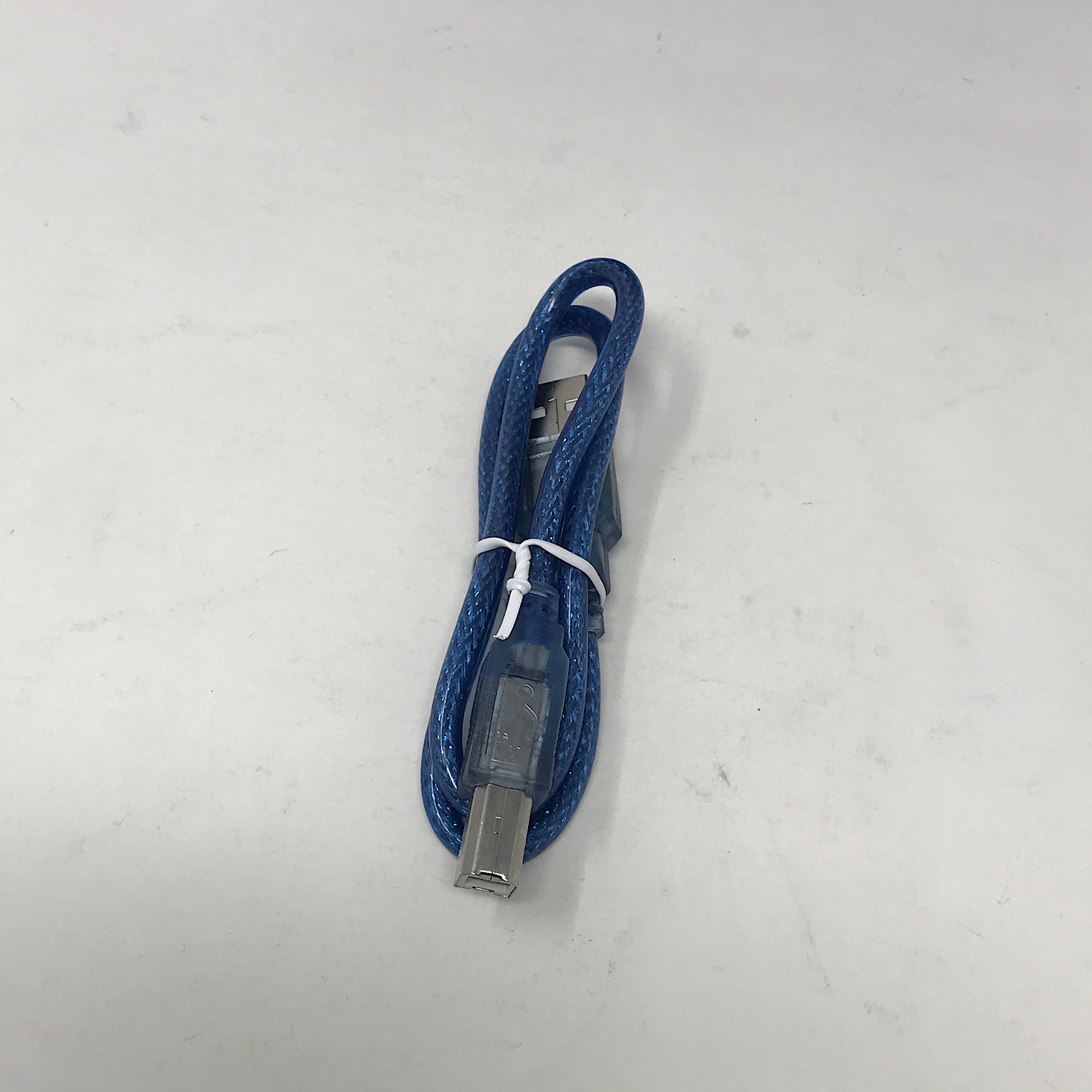

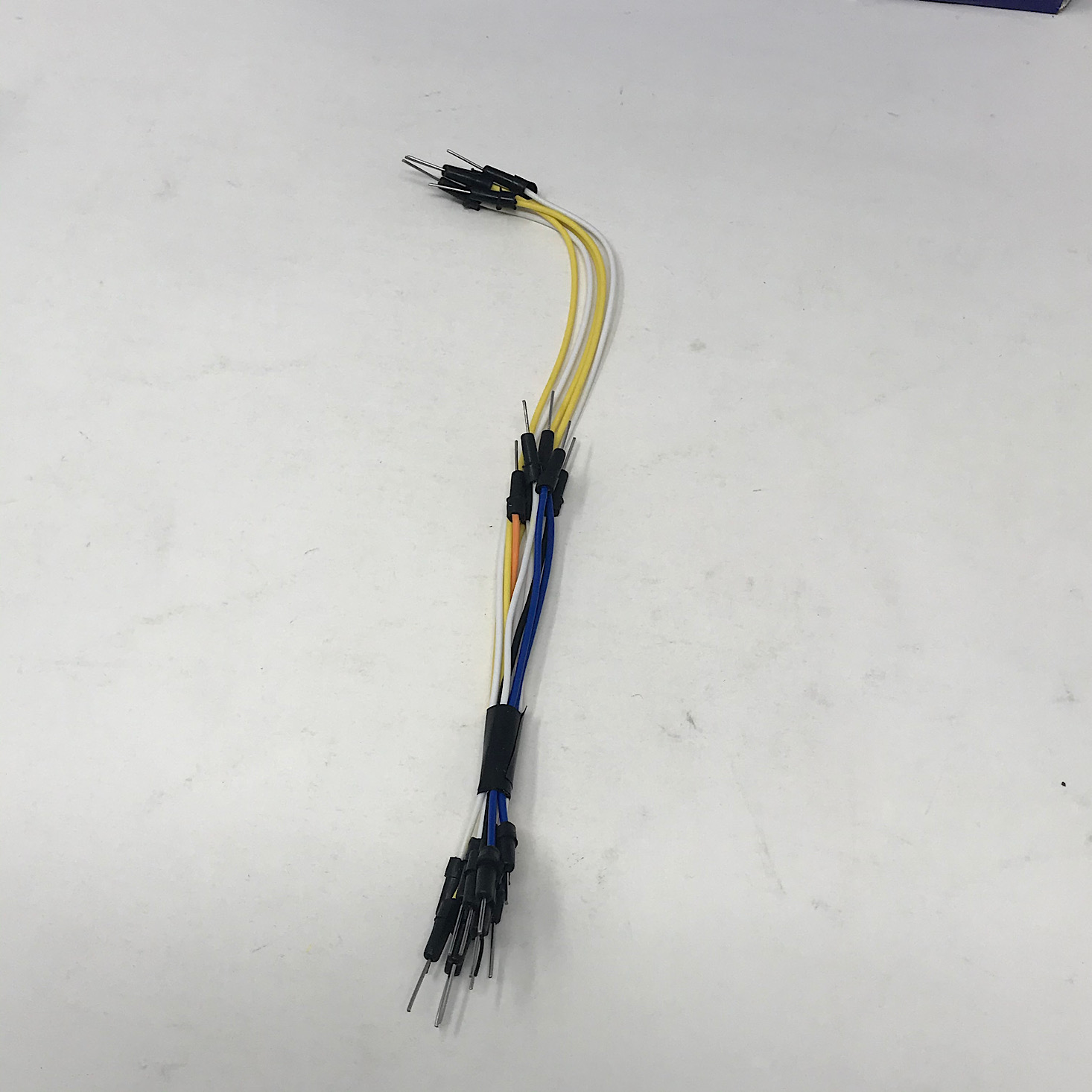



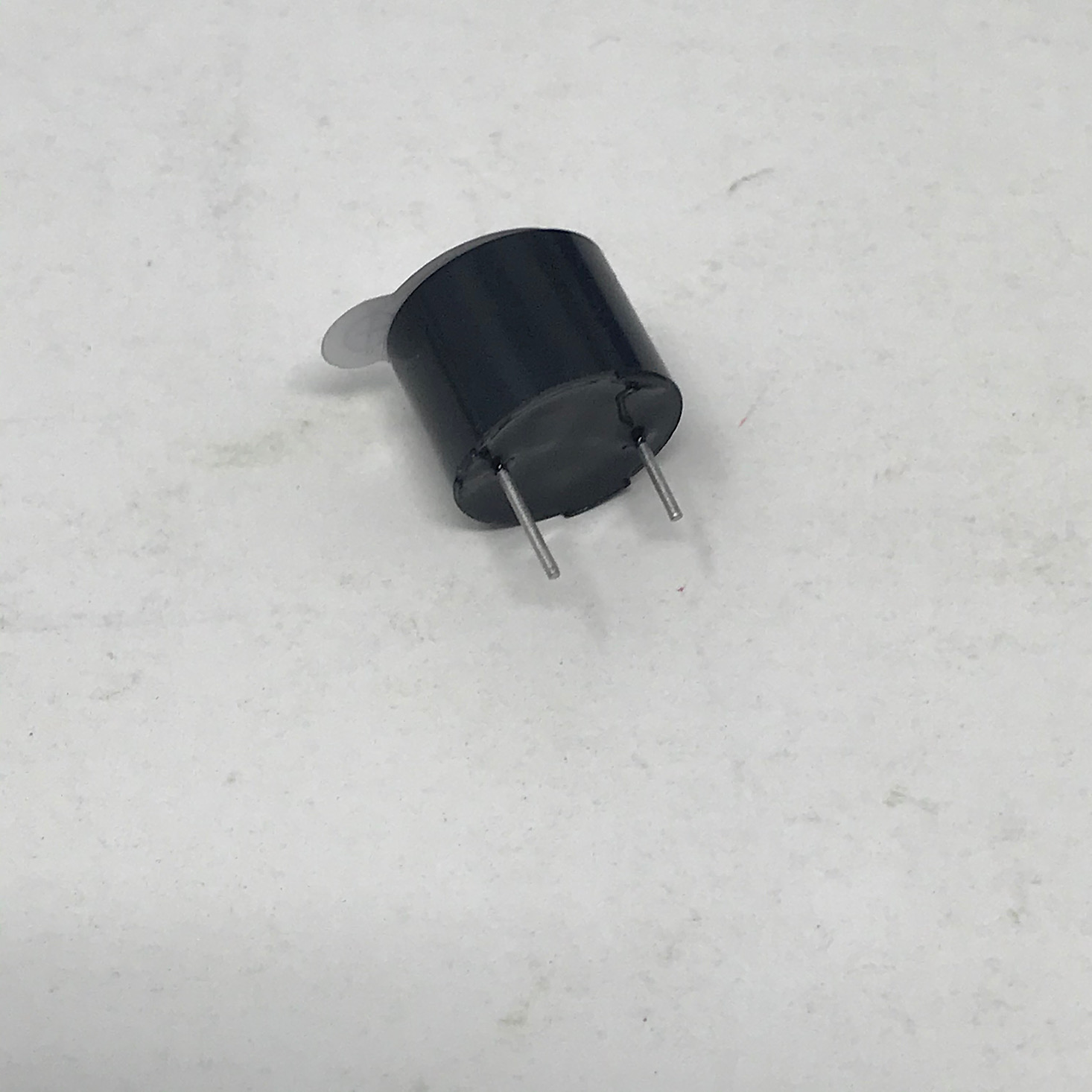







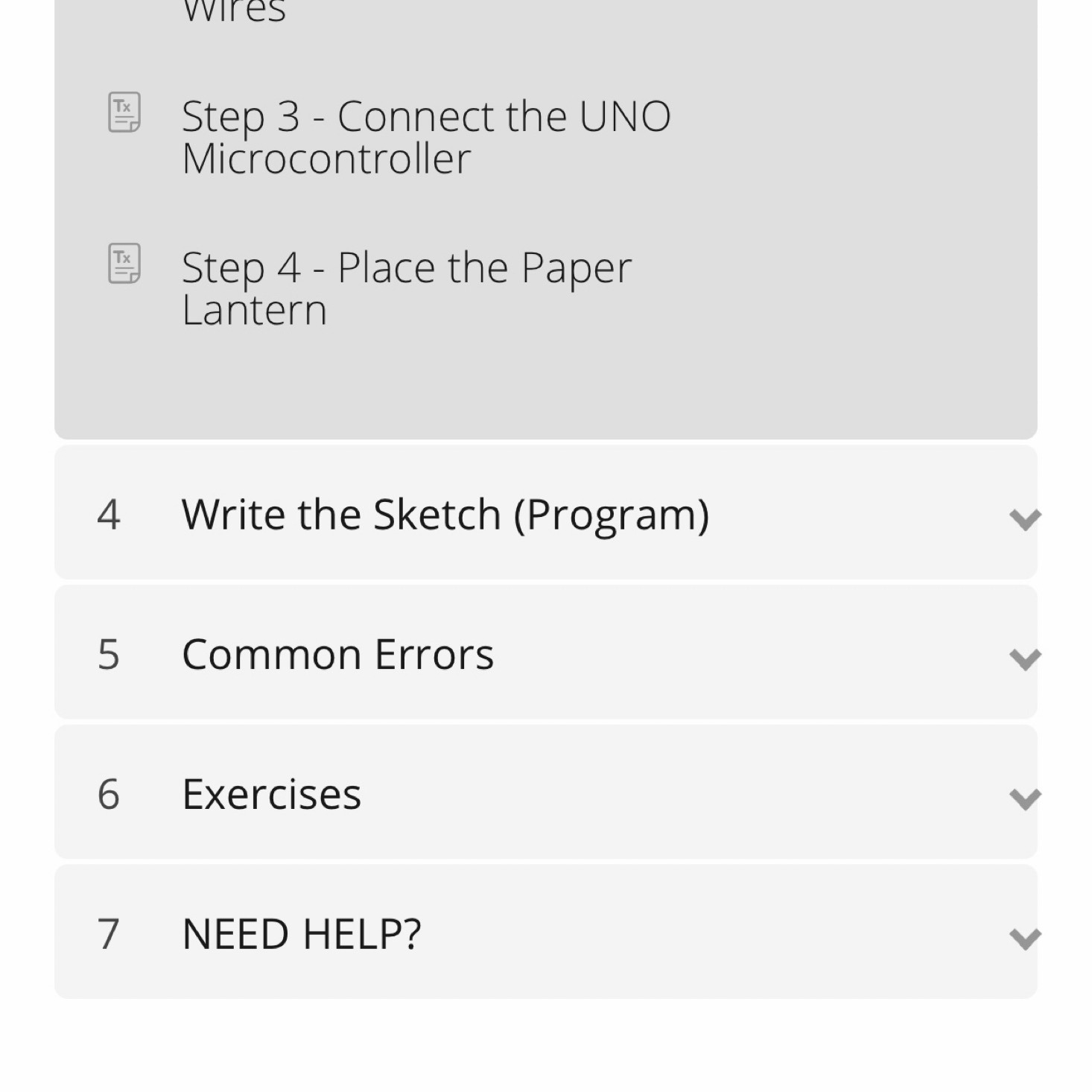
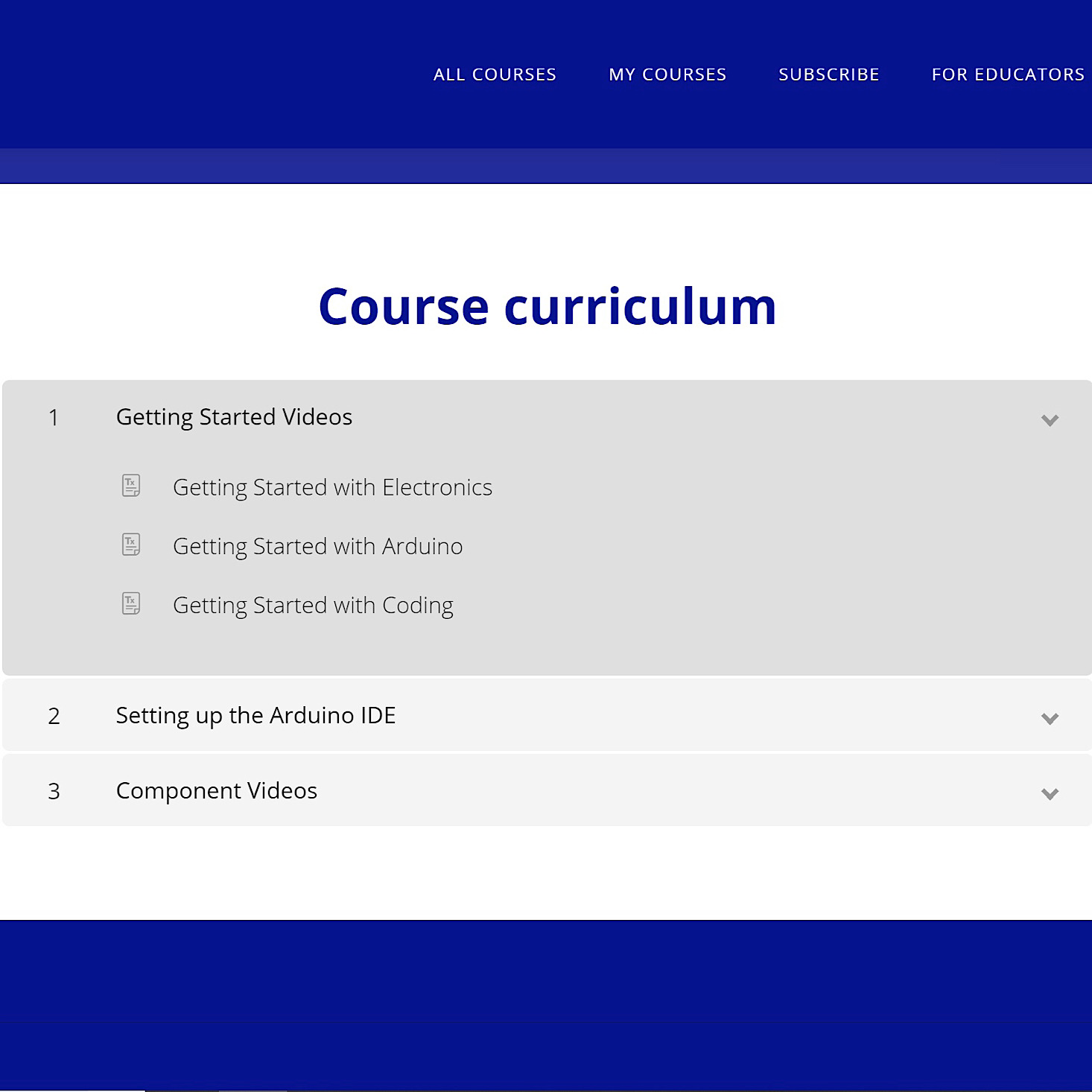









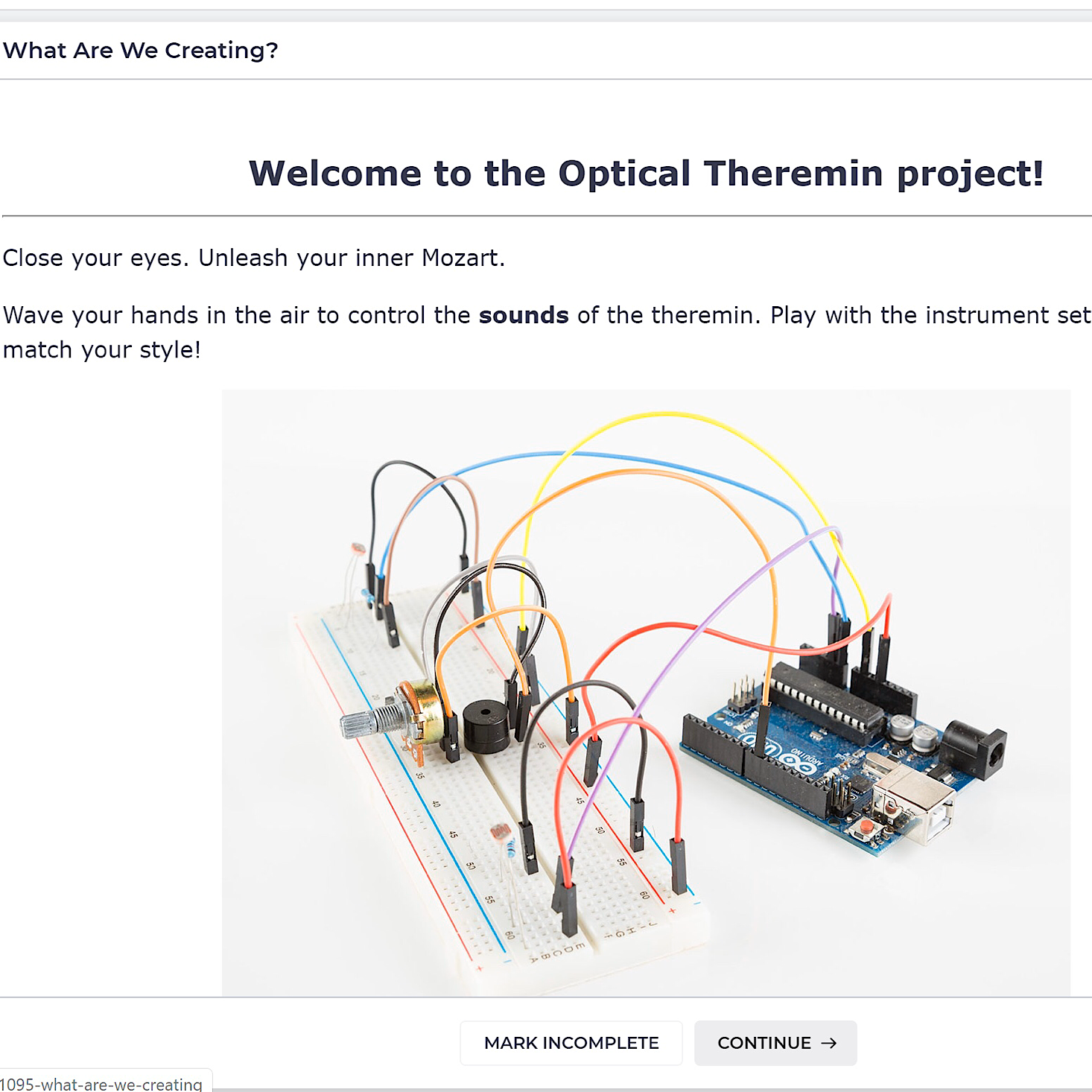


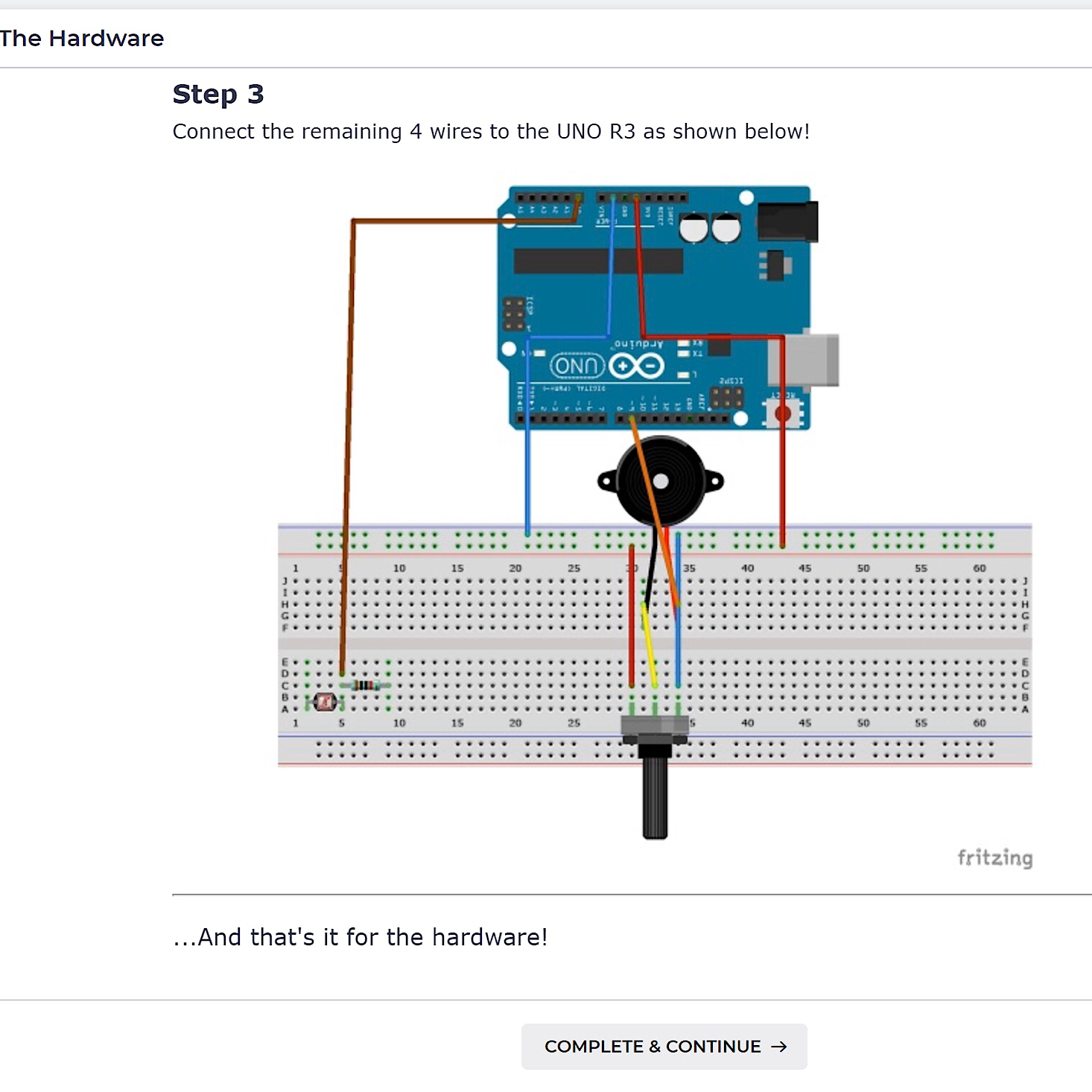
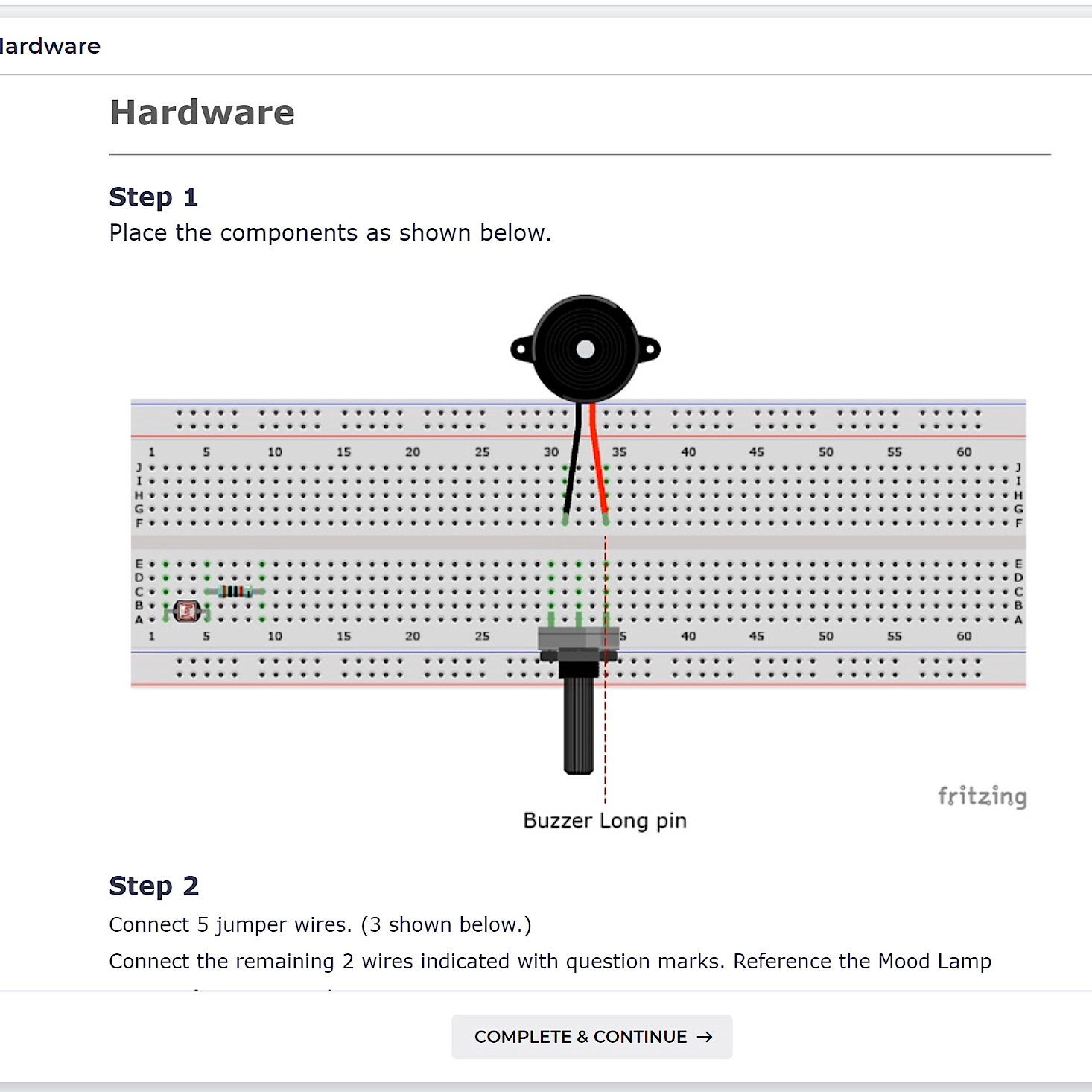
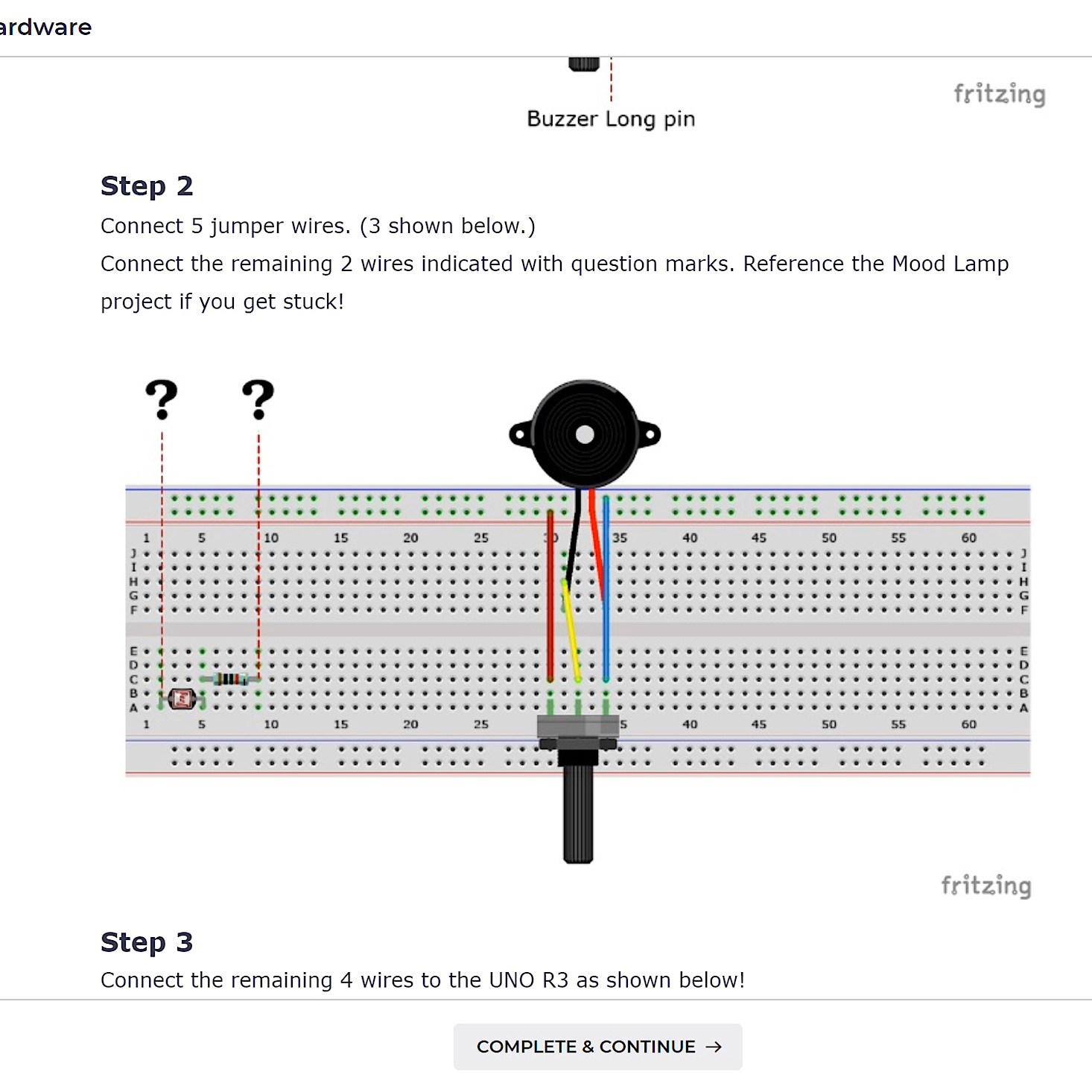

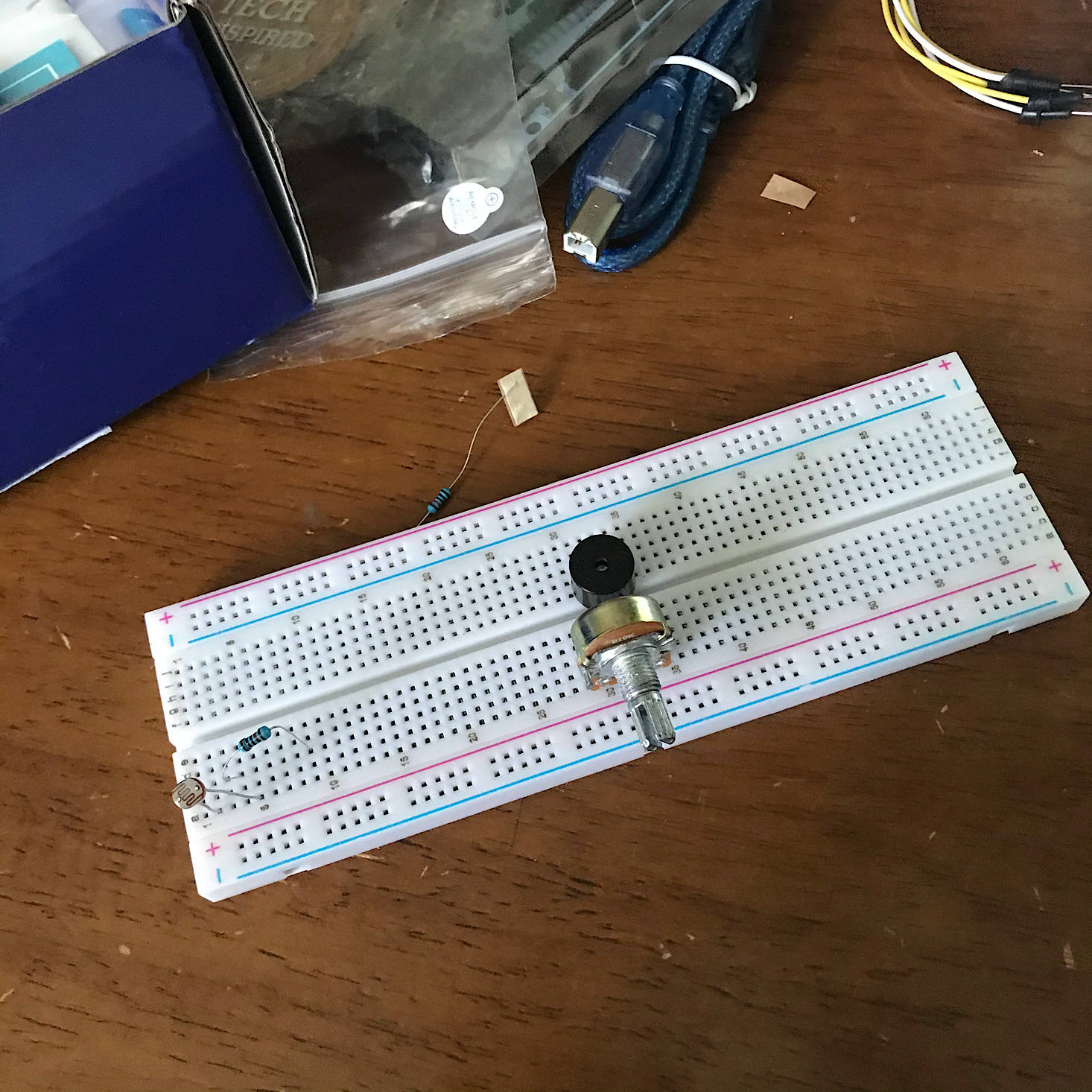
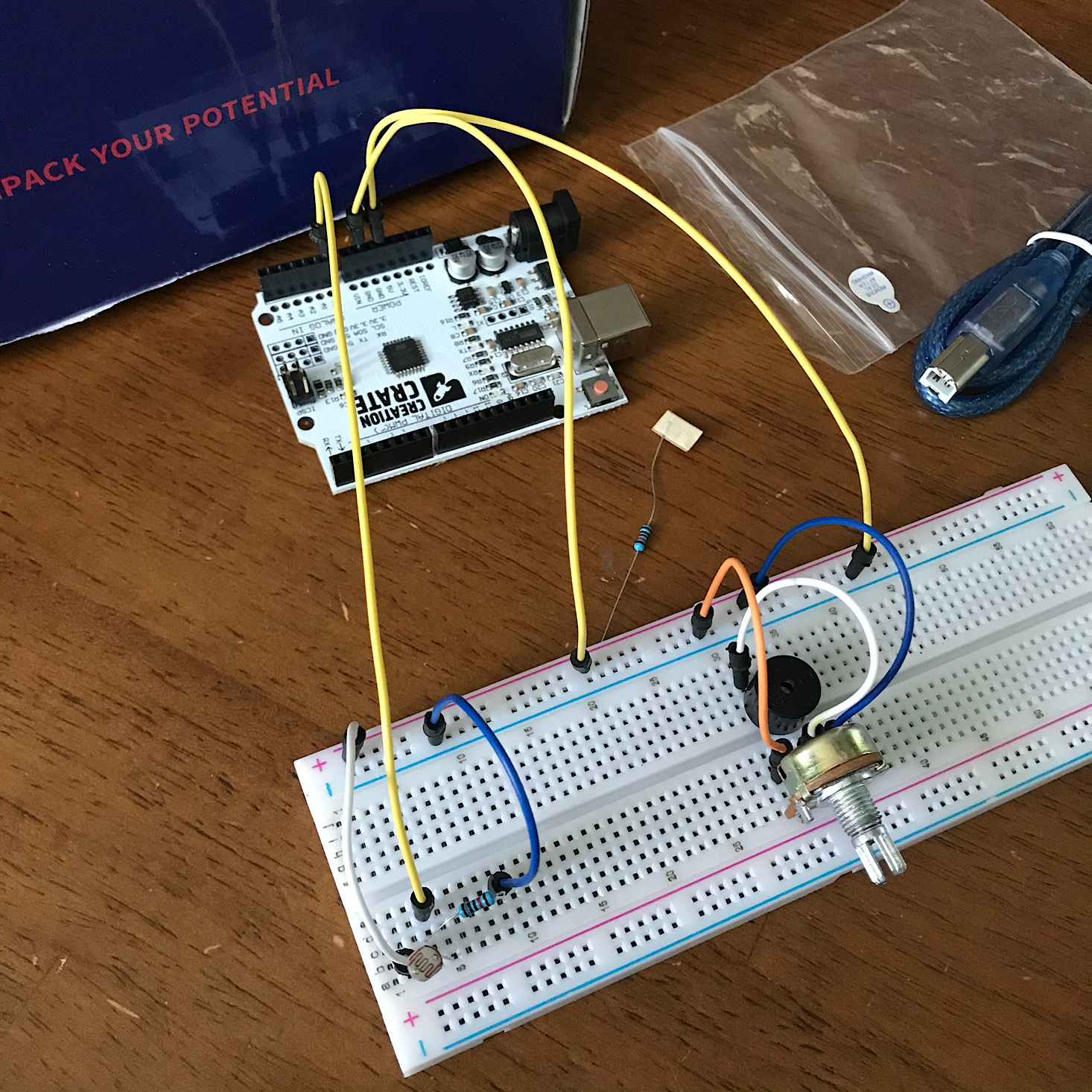


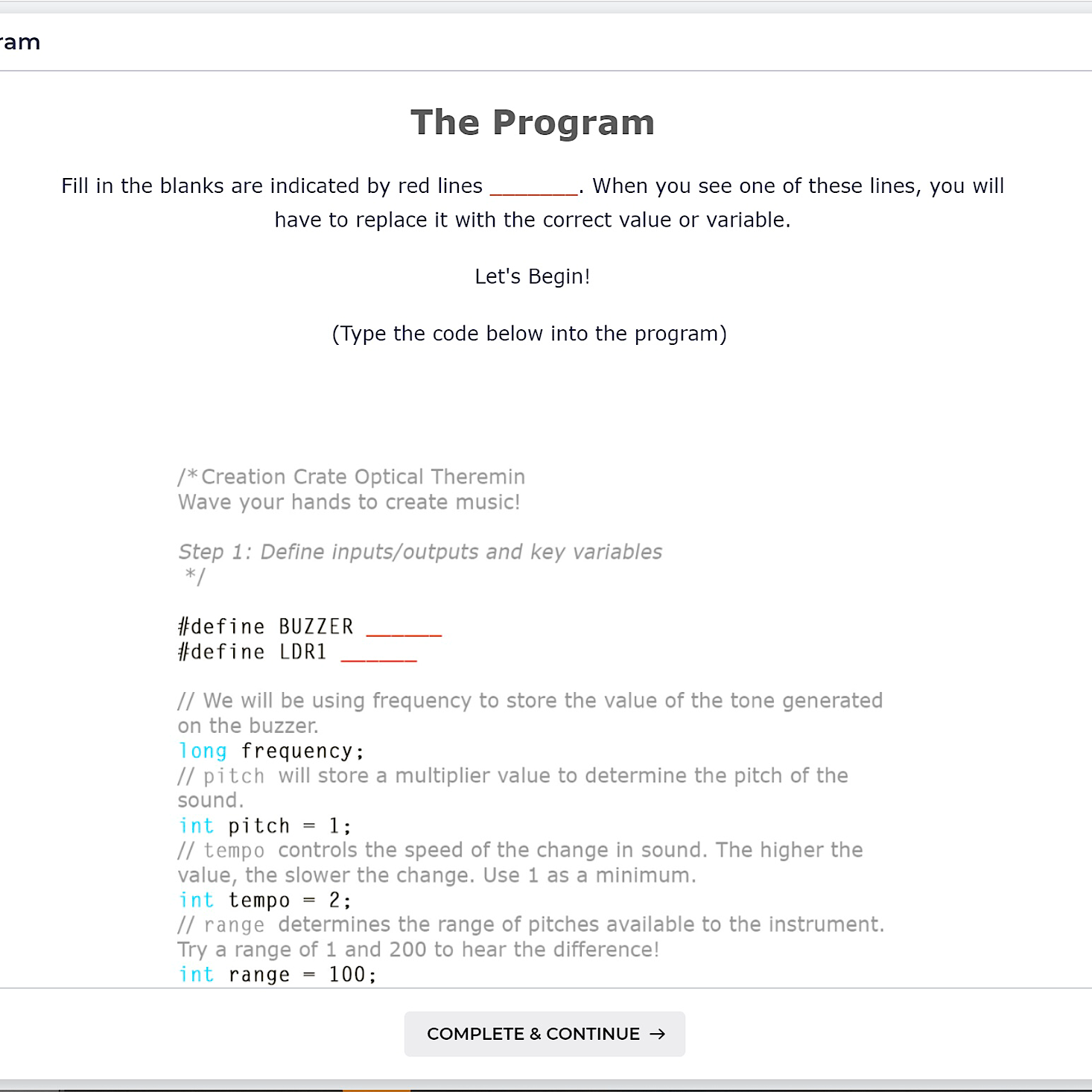
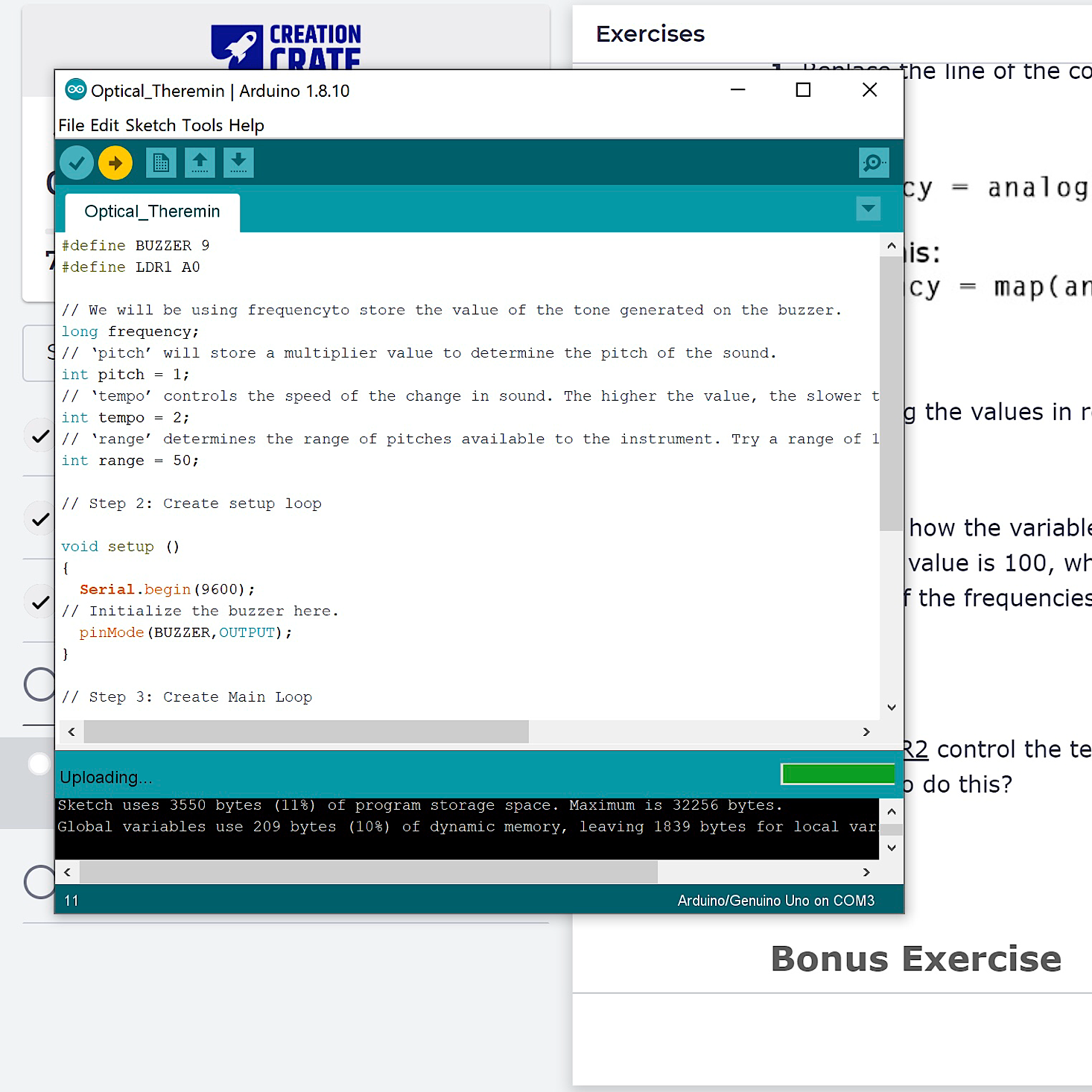
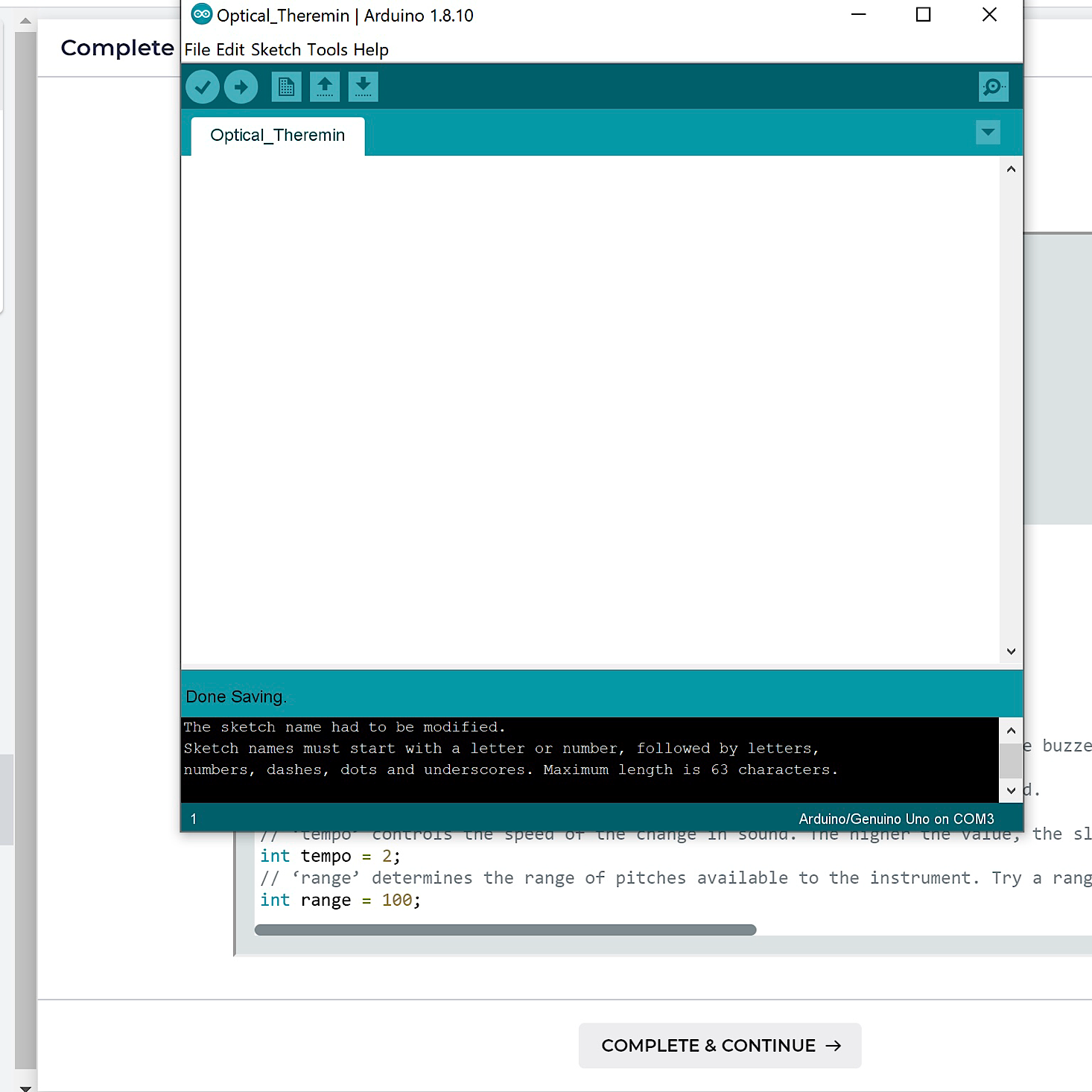
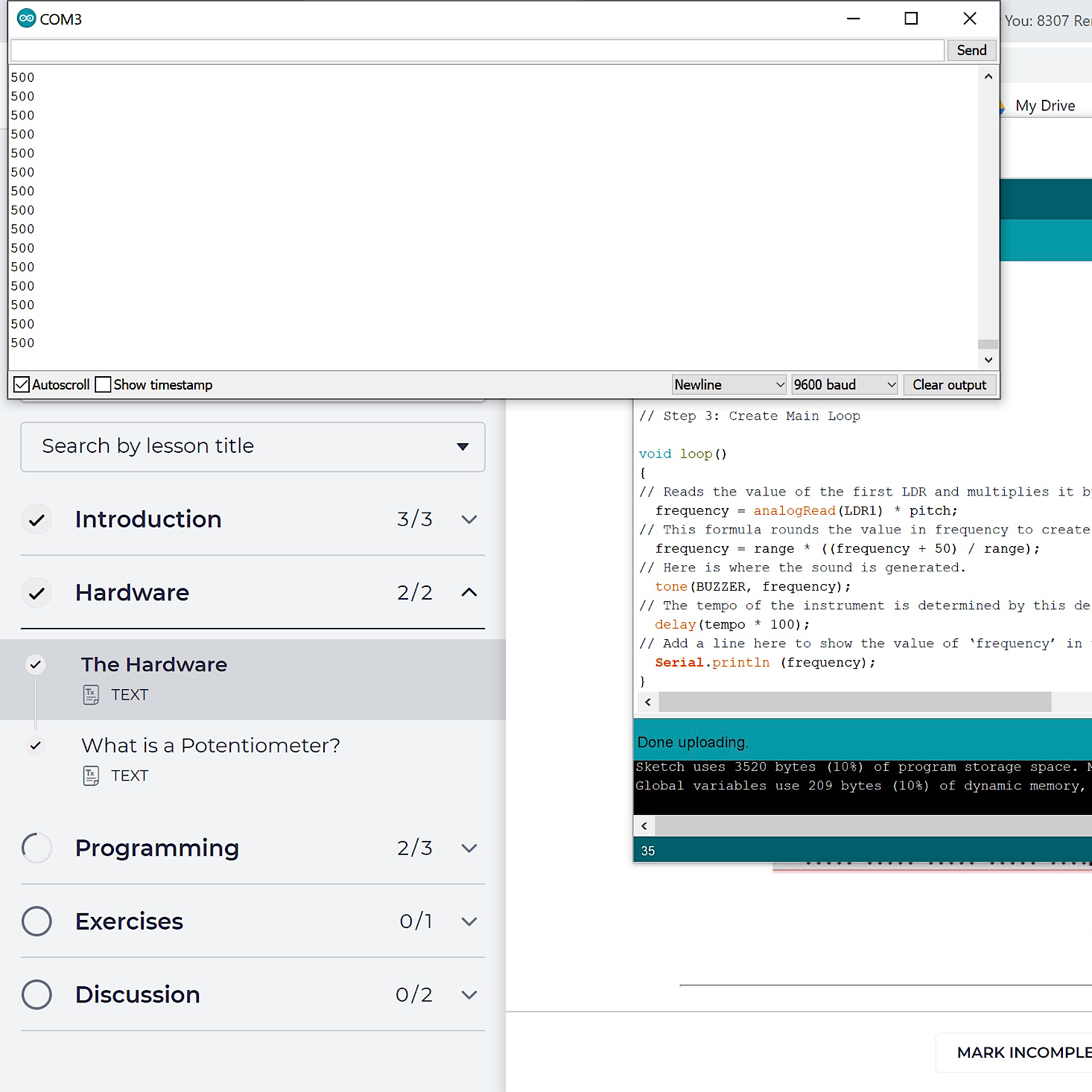
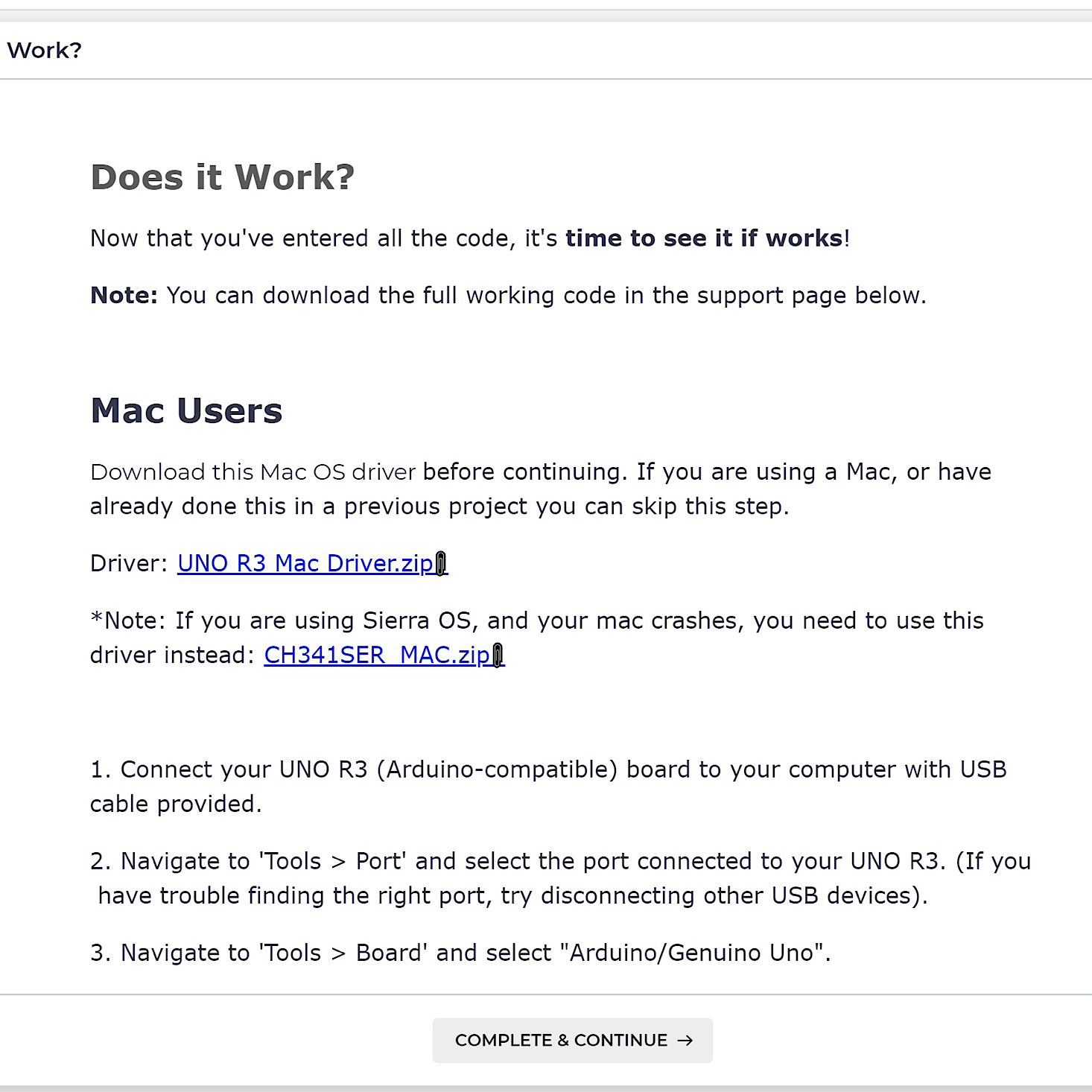

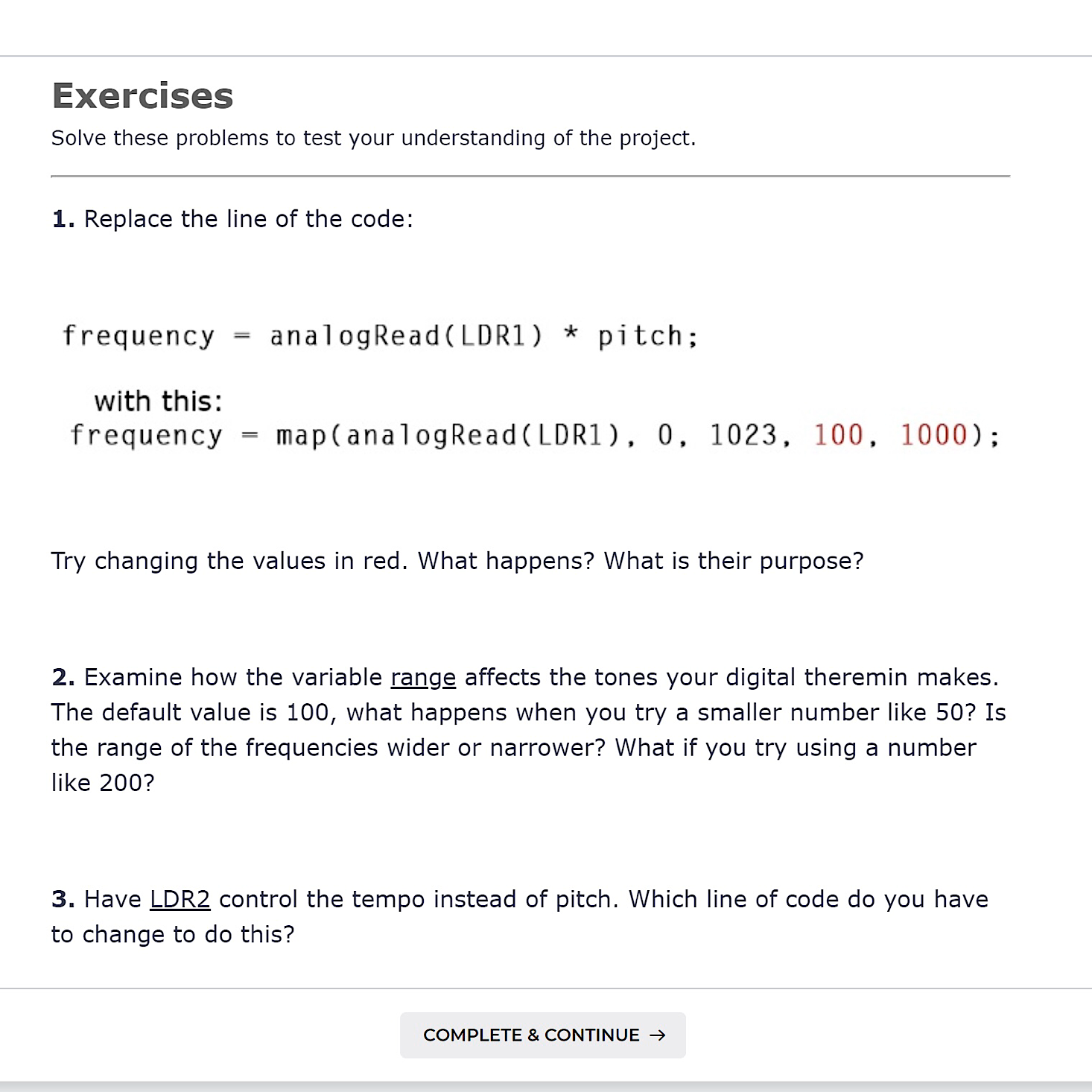



Please do not enter your email address in the Name field or in the comment content. Your email address will not be published. Required fields are marked *. Remember to post with kindness and respect. Comments with offensive language, cruelness to others, etc will not be approved. See our full comment policy here.